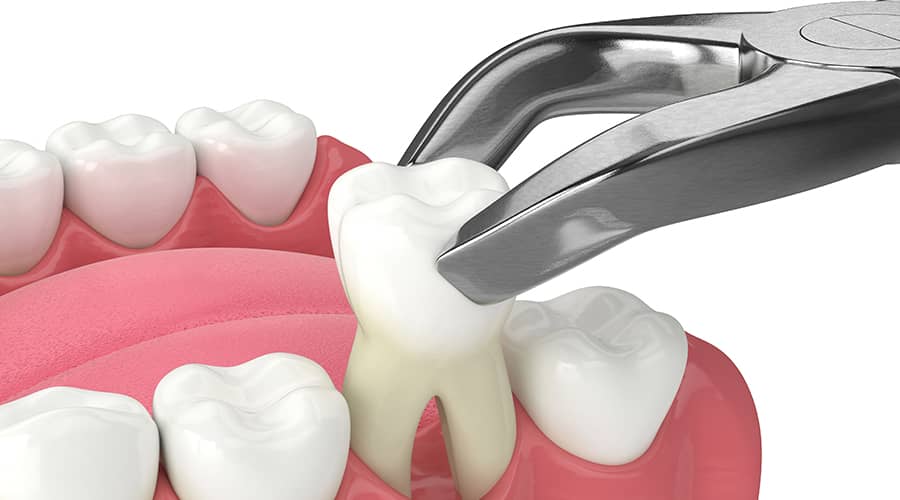Surgical Extraction
Surgical extraction is a specialized dental procedure for removing hard-to-access teeth. It is required when a tooth is impacted, broken, or has complex roots. Unlike simple extractions, this method involves surgical intervention for safe removal. Dentists make an incision in the gum to access the affected tooth. The procedure ensures minimal damage to surrounding tissues and promotes proper healing. Surgical extraction is essential for preventing complications and maintaining oral health.
When is Surgical Extraction Needed?
Impacted Wisdom Teeth – Teeth that are trapped under the gums or bone.
Severely Decayed or Damaged Teeth – Teeth that cannot be restored through fillings or crowns.
Fractured Teeth – Broken teeth that are difficult to remove.
Overcrowding Issues – Removal of teeth to make space for orthodontic treatment.
Teeth with Curved or Multiple Roots – Teeth that cannot be extracted easily due to root complexity.
Procedure Steps:
Anesthesia Administration – Local or general anesthesia is given to ensure a painless experience.
Gum Incision – A small cut is made in the gum to access the tooth.
Bone Removal (If Needed) – In some cases, surrounding bone may be removed to access the tooth.
Tooth Sectioning – The tooth may be divided into smaller parts for easier removal.
Stitches & Healing – The area is cleaned, and stitches may be placed to aid healing.
Post-Operative Care:
Pain Management – Mild pain relievers and anti-inflammatory medications are prescribed.
Swelling Control – Ice packs help reduce swelling and discomfort.
Soft Diet Recommendation – Avoid hard or crunchy foods for a few days.
Proper Oral Hygiene – Gentle rinsing and avoiding direct brushing on the surgical site.
Surgical extraction ensures the safe removal of problematic teeth while minimizing discomfort and promoting quick healing. It is a crucial procedure in modern dentistry to maintain oral health and function.



